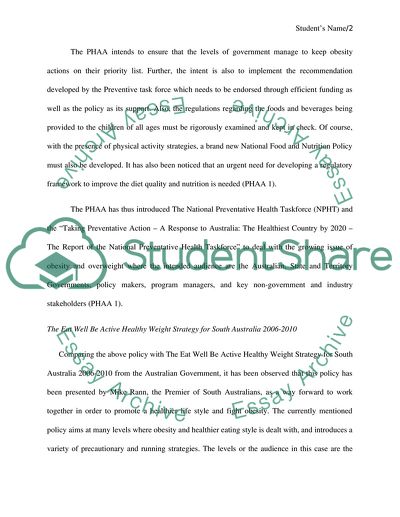Cite this document
(“Reports from the WHO Regarding Obesity &BMI Assignment”, n.d.)
Retrieved from https://studentshare.org/health-sciences-medicine/1590982-structured-analysis-public-health-policies
Retrieved from https://studentshare.org/health-sciences-medicine/1590982-structured-analysis-public-health-policies
(Reports from the WHO Regarding Obesity &BMI Assignment)
https://studentshare.org/health-sciences-medicine/1590982-structured-analysis-public-health-policies.
https://studentshare.org/health-sciences-medicine/1590982-structured-analysis-public-health-policies.
“Reports from the WHO Regarding Obesity &BMI Assignment”, n.d. https://studentshare.org/health-sciences-medicine/1590982-structured-analysis-public-health-policies.


